Reserva ecológica Costanera Sur (SPA-ENG)
En el mundo y por supuesto en las personas que lo habitan, han existido desde siempre catástrofes, períodos de zozobra y de oscuridad extrema que en muchos casos devienen o se transforman en algo mejor, superador o relevante; así es como la humanidad se repone de esos terribles golpes que parecen acabar con la vida misma, sin esa resiliencia, sería imposible de llevar adelante.
Aquí en Buenos Aires tenemos un ejemplo singular de como algo que comenzó mal y provocó la separación, el desarraigo y por qué no, la destrucción de una parte del entramado urbano, histórico y social, sin quererlo creó un ecosistema único dentro de la Capital Federal de la Argentina.
Para explicar este fenómeno debemos retroceder en el tiempo y la memoria hasta la década de 1970, cuando los gobiernos de facto eran cosa habitual en nuestro país, con ellos llegaron en muchos casos, la tiranía, la soberbia y el sometimiento de todos los habitantes, en ese marco, los militares de turno en el poder diseñaron un ambicioso plan de obras públicas que incluyeron el diseño y proyección de una serie de autopistas urbanas que cruzarían la ciudad y darían una vía de comunicación vehicular desde y hacia la provincia de Buenos Aires. La construcción comenzó durante la última dictadura militar, en 1976.
Sin consultar a los vecinos, sin realizar estudios de impacto ambiental y social ni audiencias públicas, sin hacerlos partícipes de la traza ni de la forma en cómo llevar adelante las tareas que necesariamente debían realizarse en esa enorme obra de ingeniería, se procedió a realizar expropiaciones y demoliciones que incluyeron casas, edificios, clubes, calles y hasta árboles. Una gran cantidad de familias fueron desplazados de sus lugares de origen sin un proceso claro y justo, incluso se habla de que algunos de ellos jamás fueron recompensados por lo que se les quitó.
Toda esa enorme cantidad de escombros fue llevada a la costanera sur del Río de la Plata y depositados allí con la intención de ganar terrenos al río para diseñar un enorme proyecto urbanístico que nunca se llevó a cabo. El abandono, el tiempo transcurrido y la propia naturaleza hicieron el resto. De lo que era solo una enorme montaña de escombros comenzaron a crecer árboles, plantas y muchos animales se mudaron a un nuevo espacio, para ellos natural.
Los restos de barrios destruidos y arrasados por un plan de autopistas urbanas dio origen, sin buscarlo, a la reserva ecológica más grande de la ciudad de Buenos Aires.
A partir de la segunda mitad de la década de 1980, grupos de vecinos comienzan una lenta y silenciosa tarea de resguardo de lo que la naturaleza había creado en el lugar y se funda una Asociación de amigos de la Reserva Ecológica, para los inicios de la siguiente década, el gobierno de la ciudad empieza a reconocer su valor ambiental y da comienzo a los primeros trabajos para dotarla de senderos, carteles informativos y algunos atisbos de infraestructura necesaria para que el público pueda pasear y disfrutar del entorno.
Ya entrado el siglo XXI, las tareas para consolidar el lugar toman la seriedad necesaria, se incluye a la reserva ecológica dentro del sistema de areas protegidas de la ciudad de Buenos Aires, se instalan más señalizaciones, senderos, bancos de descanso y miradores de madera, también baños públicos y una construcción edilicia para albergar espacios temáticos e interpretativos.
En estos últimos años, la reserva ha mejorado sustancialmente, más caminos y plataformas, lugares para descanso y la remodelación del sector más cercano al río, con mucha infraestructura para disfrutar del entorno. Ciclismo, running, senderismo, caminatas, guías y guardaparques son algunas de las características principales, se realizan safaris fotográficos al que acuden no solamente los habitantes de la ciudad sino también muchos extranjeros que traen sus costosos equipos para retratar la gran cantidad de aves y pequeños mamíferos que habitan el entorno.
Es un paseo muy utilizado por los vecinos de la ciudad y también por mi y mi esposa, vamos a caminar, a disfrutar del aire libre, a observar la exuberante flora y fauna, todo a solo 20 minutos de casa y sin salir de la Capital Federal.
La reserva ecológica se encuentra a pocos metros del barrio más moderno y lujoso de la ciudad, Puerto Madero, junto a sus propias plazas y parques conforman con la reserva un distrito privilegiado para el esparcimiento familiar, decenas de restaurantes, cines y otras muchas atracciones y espacios de diversión, convierten a toda esa zona en ideal para pasar un buen rato y disfrutar de la vida.
La Reserva Ecológica de la Costanera Sur es, en cierta forma, una cicatriz muy bien curada de una herida profunda y dolorosa de tiempos pasados, sus flores, plantas, lagunas y pájaros esconden restos de casas, calles y memorias barriales. Es un recordatorio de la intemperancia y el autoritarismo destructivo y también de que la vida siempre encuentra la forma de volver a florecer, pese a todo.
Costanera Sur Ecological Reserve
In the world, and of course in the people who inhabit it, there have always been catastrophes, periods of anxiety and extreme darkness that in many cases become or transform into something better, superior, or relevant. This is how humanity recovers from those terrible blows that seem to end life itself. Without this resilience, it would be impossible to continue.
Here in Buenos Aires, we have a unique example of how something that began badly and caused separation, uprooting, and, why not, the destruction of a part of the urban, historical, and social fabric, unwittingly created a unique ecosystem within Argentina's Federal Capital.
To explain this phenomenon, we must go back in time and memory to the 1970s, when de facto governments were commonplace in our country. With them, in many cases, came tyranny, arrogance, and the subjugation of all inhabitants. In this context, the military in power designed an ambitious public works plan that included the design and planning of a series of urban highways that would crisscross the city and provide a vehicular connection to and from the province of Buenos Aires. Construction began during the last military dictatorship in 1976.
Without consulting residents, without conducting environmental and social impact studies or public hearings, without involving them in the layout or how to carry out the works that necessarily had to be carried out in this enormous engineering project, expropriations and demolitions were carried out, including houses, buildings, clubs, streets, and even trees. A large number of families were displaced from their homes without a clear and fair process; there is even talk that some of them were never compensated for what was taken from them.
All this enormous amount of debris was taken to the southern coast of the Río de la Plata and deposited there to reclaim land from the river to design a massive urban development project that was never carried out. Neglect, time, and nature itself did the rest. From what was once just a huge pile of rubble, trees and plants began to grow, and many animals moved to a new, natural space for them.
The remains of neighborhoods destroyed and razed by an urban highway project gave rise, unintentionally, to the largest ecological reserve in the city of Buenos Aires.
Beginning in the second half of the 1980s, neighborhood groups began a slow and silent effort to preserve what nature had created there, and an Association of Friends of the Ecological Reserve was founded. By the beginning of the following decade, the city government began to recognize its environmental value, and the initial work began to provide it with trails, informational signs, and some glimpses of the necessary infrastructure so the public could stroll and enjoy the surroundings.
As the 21st century began, efforts to consolidate the site took on the necessary seriousness. The ecological reserve was included in the Buenos Aires City system of protected areas. More signage, trails, and wooden viewing platforms were built, as well as public restrooms and a building to house thematic and interpretive spaces.
In recent years, the reserve has improved substantially, with more paths and platforms, rest areas, and the remodeling of the area closest to the river, with extensive infrastructure for enjoying the surroundings. Cycling, running, hiking, and walking with guides and park rangers are some of the main attractions. Photographic safaris are organized, attracting not only city residents but also many foreigners who bring their expensive equipment to photograph the many birds and small mammals that inhabit the area.
It's a popular spot for city residents, as well as my wife and I. We go for walks, enjoy the outdoors, and observe the lush flora and fauna, all just 20 minutes from home and without leaving the Federal Capital.
The ecological reserve is located just a few meters from the city's most modern and luxurious neighborhood, Puerto Madero. Along with its own plazas and parks, the reserve forms a prime district for family recreation. Dozens of restaurants, movie theaters, and many other attractions and entertainment venues make the entire area ideal for having a good time and enjoying life.
The Costanera Sur Ecological Reserve is, in a way, a well-healed scar from a deep and painful wound from times past. Its flowers, plants, lagoons, and birds hide remnants of houses, streets, and neighborhood memories. It's a reminder of intemperance and destructive authoritarianism, and that life always finds a way to flourish again, despite everything.
Héctor Gugliermo
@hosgug

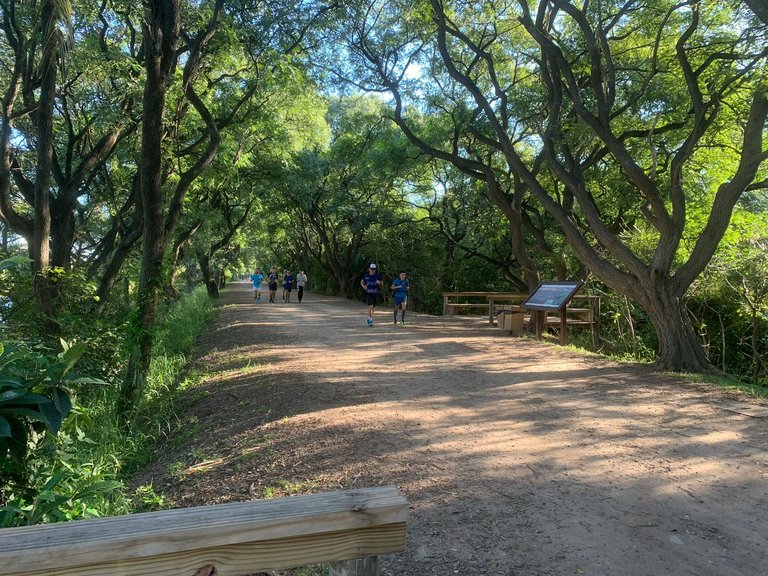
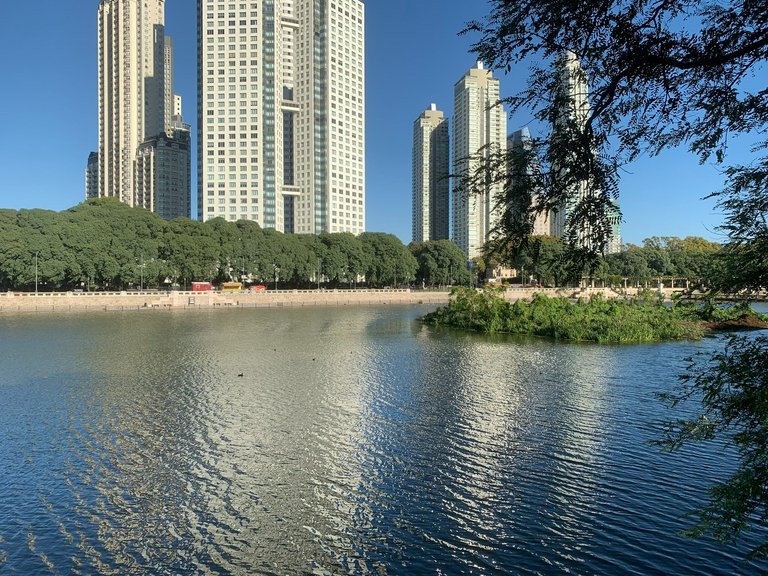
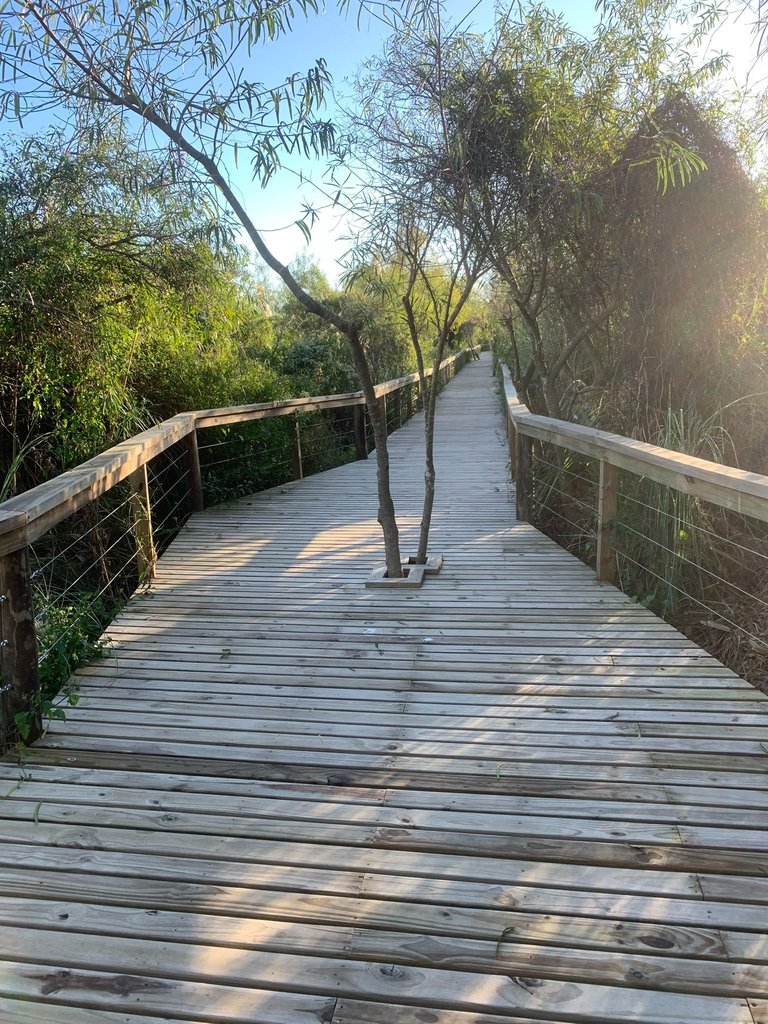
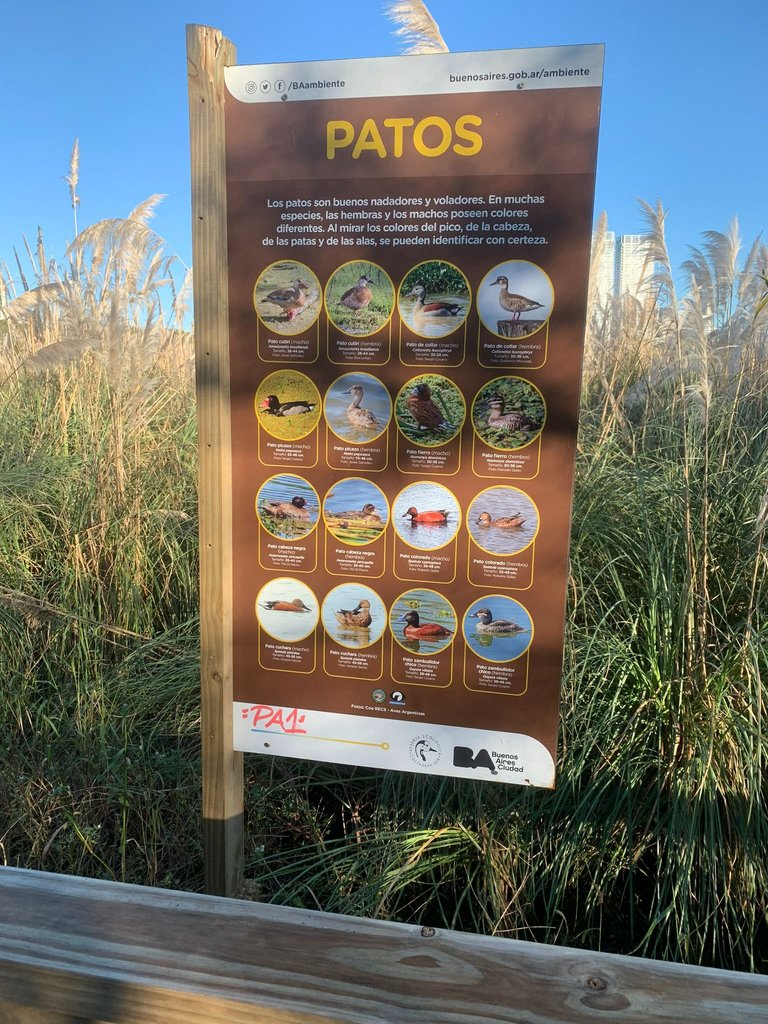
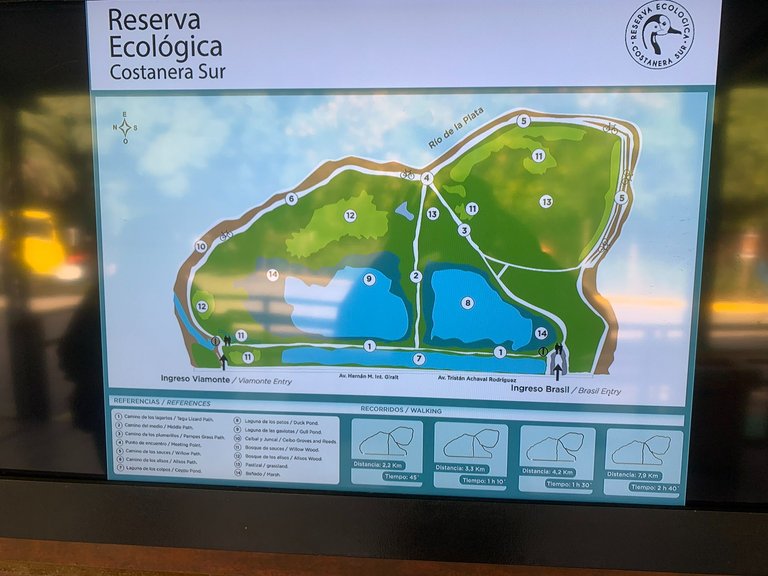
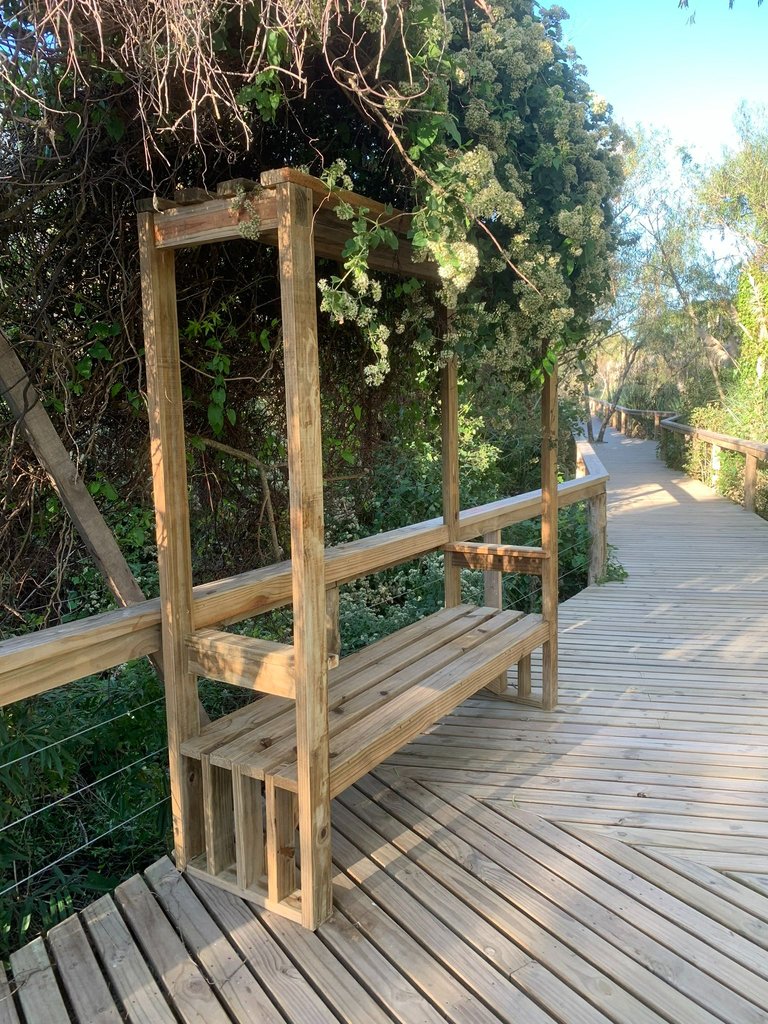
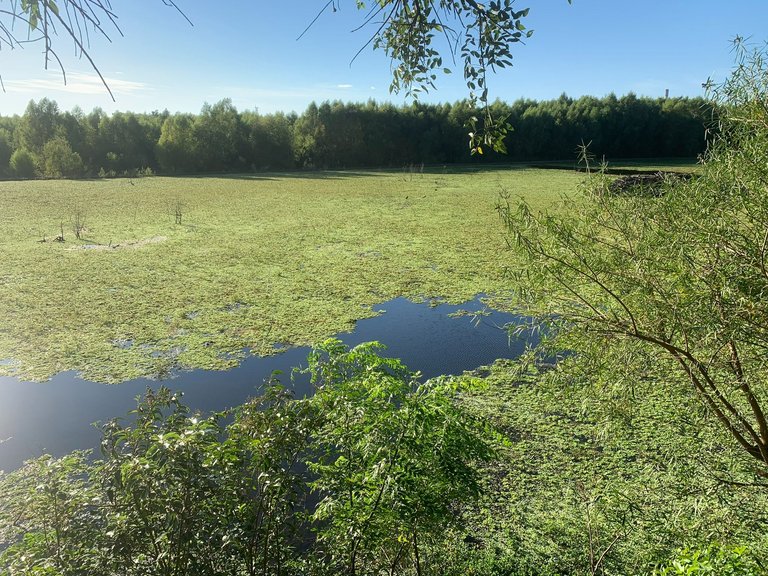
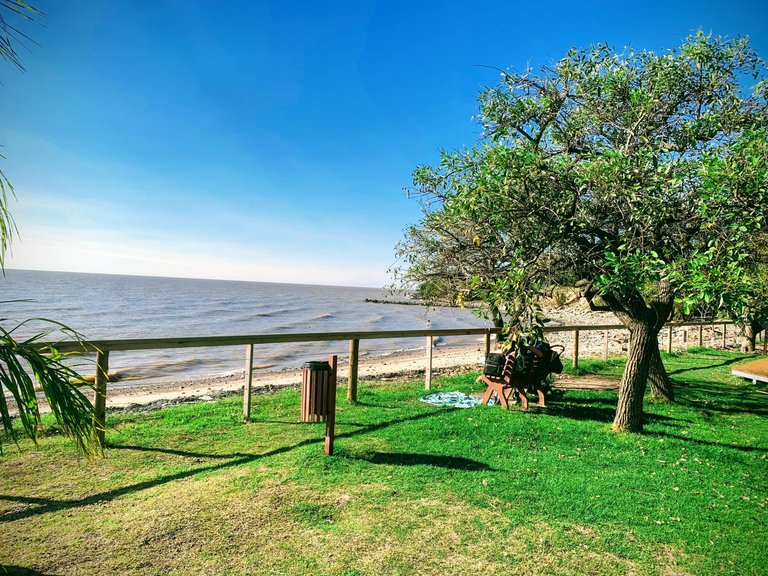
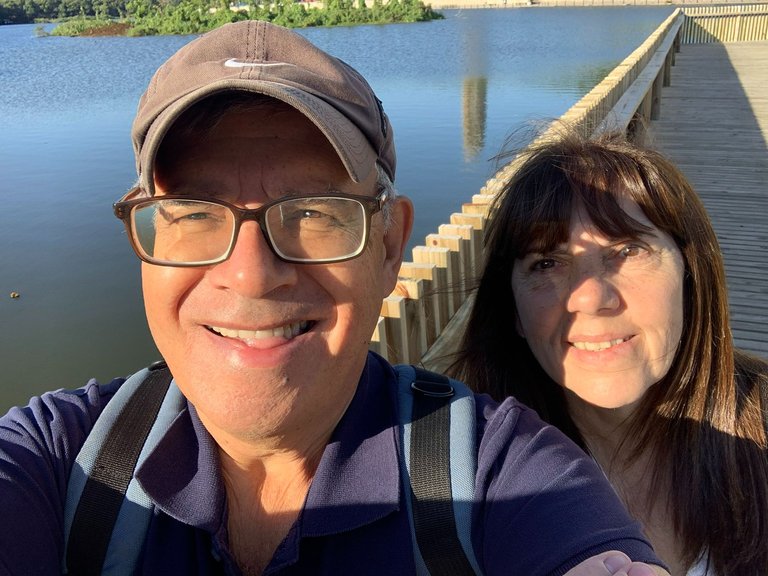
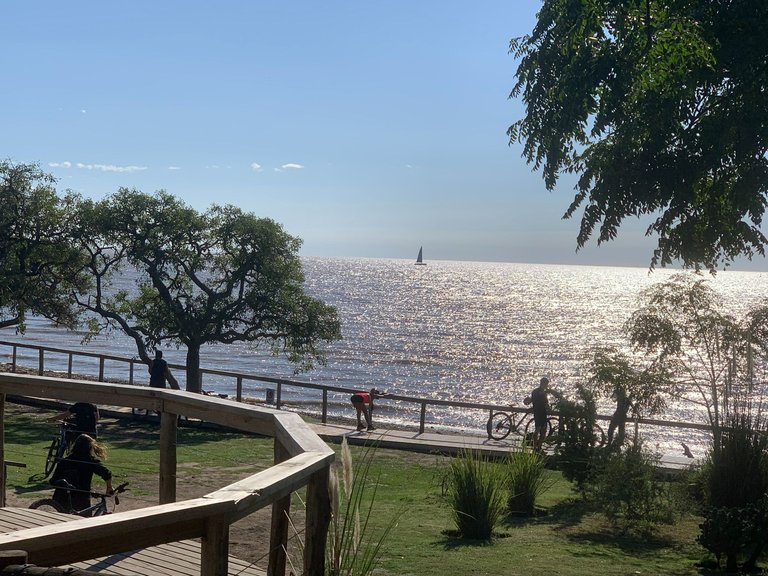
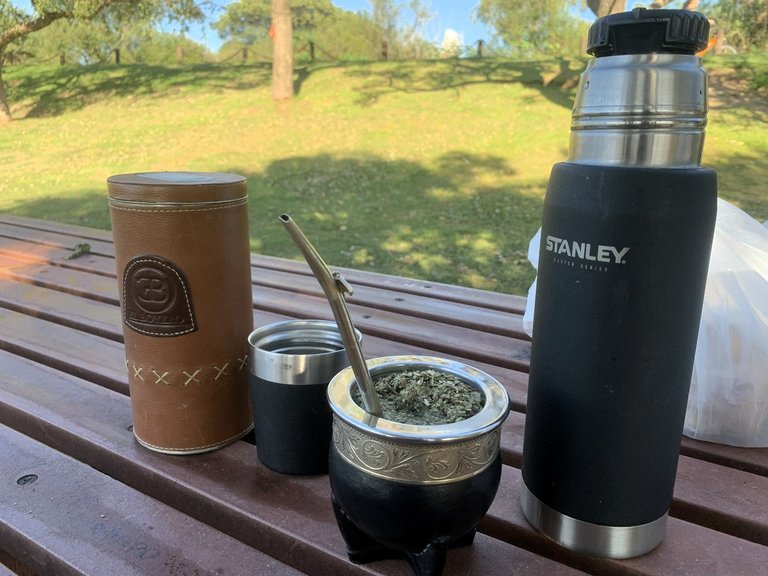
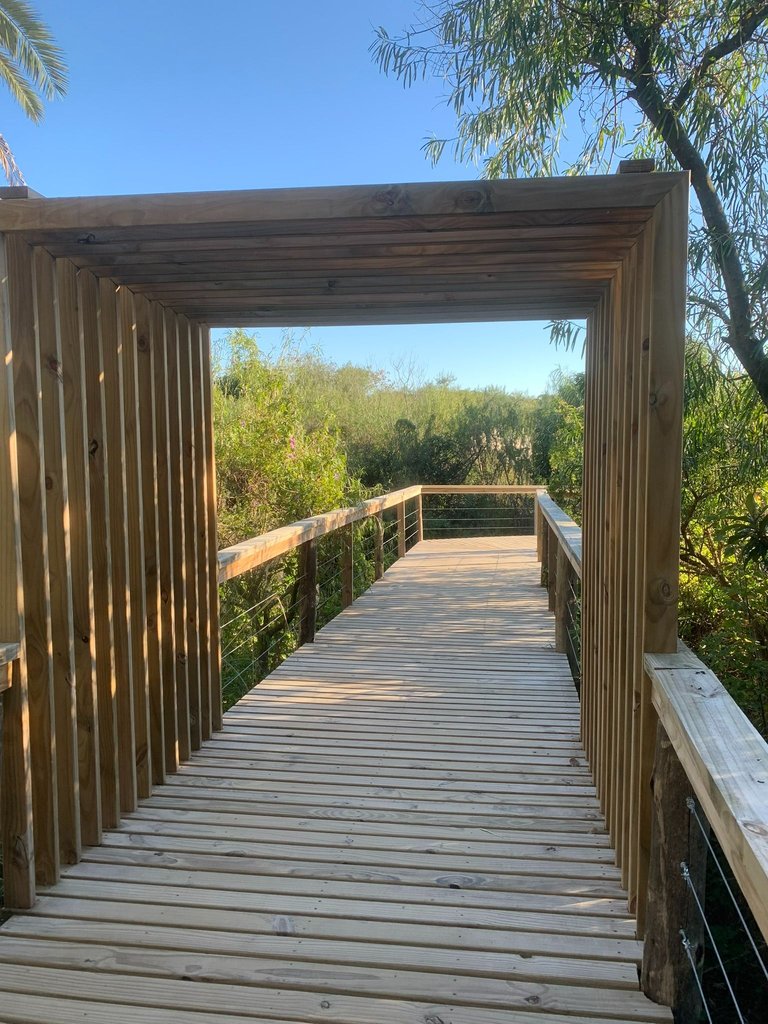
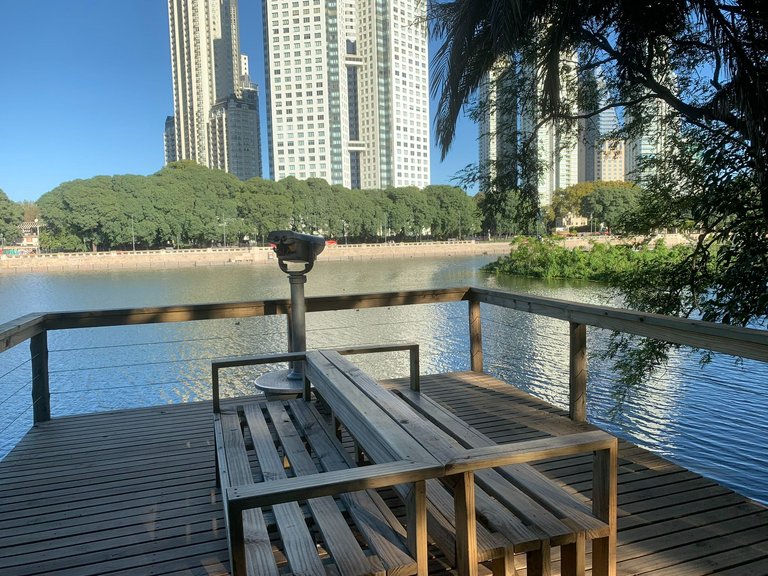
You can check out this post and your own profile on the map. Be part of the Worldmappin Community and join our Discord Channel to get in touch with other travelers, ask questions or just be updated on our latest features.
Thank You @worldmappin
Hey @hosgug you are welcome.
Thanks for using @worldmappin 😘
Siempre vamos a la Costanera pero nunca hemos ido a la reserva. Este domingo me voy a animar a ir.
Es un paseo hermoso, tienes que llegar hasta el río, hay bancos y mesas, bellas vistas, senderos y baños. Hay que caminar bastante, pero vale la pena.
Que sabia es la naturaleza y que hermosa esta historia que empezó de manera triste, pero, culminó como un bien muy utilizado por muchos argentinos y supongo que varios turistas también.
Gracias mi estimado @hosgug. Gracias a usted y otros colegas de @hiveargentina estoy conociendo a su bello país y ojalá tenga la posibilidad de visitarlo, pues ya conozco algo por ustedes. Feliz miércoles. Salud y saludos.
How wise is nature and how beautiful this story that began in a sad way, but, culminated as a well used by many Argentines and I guess several tourists as well.
Thank you my dear @hosgug. Thanks to you and other colleagues from @hiveargentina I am getting to know your beautiful country and hopefully I will have the chance to visit it, as I already know something from you. Happy Wednesday. Cheers and greetings.
Me pareció interesante comentar sobre los orígenes de tan hermoso lugar. Gracias @tonyes por apoyar siempre mis publicaciones y espero que algún día puedas venir a visitarnos.
This is such an interesting story! It’s amazing how something so bad turned into something so beautiful. Nature always finds a way to grow back. The reserve looks like a peaceful place to walk and enjoy. I’d love to visit someday. Thanks for sharing this!
Thank you @yugadi for reading it and for such beautiful comments.
We appreciate your work and your publication has been hand selected by the geography curation team on behalf of the Amazing Nature AN Community. Keep up the good work!
Thank you @hive-174680 !
Hiya, @lauramica here, just swinging by to let you know that this post made it into our Top 3 in Travel Digest #2518.
Your post has been manually curated by the @worldmappin team. If you like what we're doing, please drop by to check out all the rest of today's great posts and consider supporting other authors like yourself and us so we can keep the project going!
Become part of our travel community:
Thank you @lauramica
You are very welcome @hosgug! it was well deserved. ☀️
Keep up the great work 💪